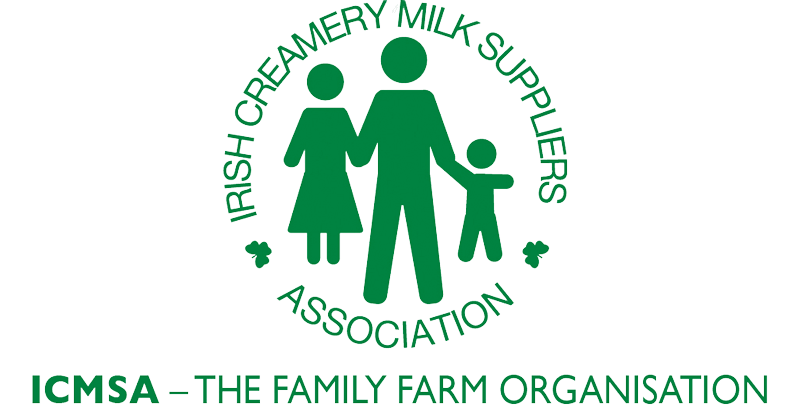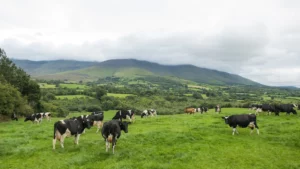
Special Areas of Conservation (SAC)/Special Protected Areas (SPA)
Special Areas of Conservation
These are prime wildlife conservation areas in the country, considered to be important on a European as well as Irish level. Most Special Areas of Conservation (SACs) are in the countryside, although a few sites reach into town or city landscapes, such as Dublin Bay and Cork Harbour. Conservation management plans are available for many SACs and as additional ones are approved they will be posted.
The legal basis on which SACs are selected and designated is the EU Habitats Directive, transposed into Irish law by the European Communities (Birds and Natural Habitats) Regulations 2011 (S.I. No. 477 of 2011.
The Directive lists certain habitats and species that must be protected within SACs. Irish habitats include raised bogs, blanket bogs, turloughs, sand dunes, machair (flat sandy plains on the north and west coasts), heaths, lakes, rivers, woodlands, estuaries and sea inlets. The 25 Irish species which must be afforded protection include Salmon, Otter, Freshwater Pearl Mussel, Bottlenose Dolphin and Killarney Fern.
Special Protected Areas
Ireland’s SPA Network encompasses over 570,000 hectares of marine and terrestrial habitats. The remaining areas of the SPA network include inland wetland sites important for wintering waterbirds and extensive areas of blanket bog and upland habitats that provide breeding and foraging resources for species including Merlin and Golden Plover.
Agricultural land represents a share of the SPA network ranging from the extensive farmland of upland areas where its hedgerows, wet grassland and scrub offer feeding and/or breeding opportunities for Hen Harrier .
Ireland’s obligations under The EU Birds Directive (2009/147/EC)
Ireland is required under the terms of the EU Birds Directive (2009/147/EC) to designate Special Protection Areas (SPAs) for the protection of endangered species of wild birds.
-
Listed rare and vulnerable species such as those mentioned above.
-
Regularly occurring migratory species, such as ducks, geese and waders.
-
Wetlands, especially those of international importance, which attract large numbers of migratory birds each year.
Latest Headlines
- Sections
Contact Us
Telephone
+353 (0)61 314677
Address
ICMSA Head Office
John Feely House
Dublin Road
Limerick
V94 KX38





